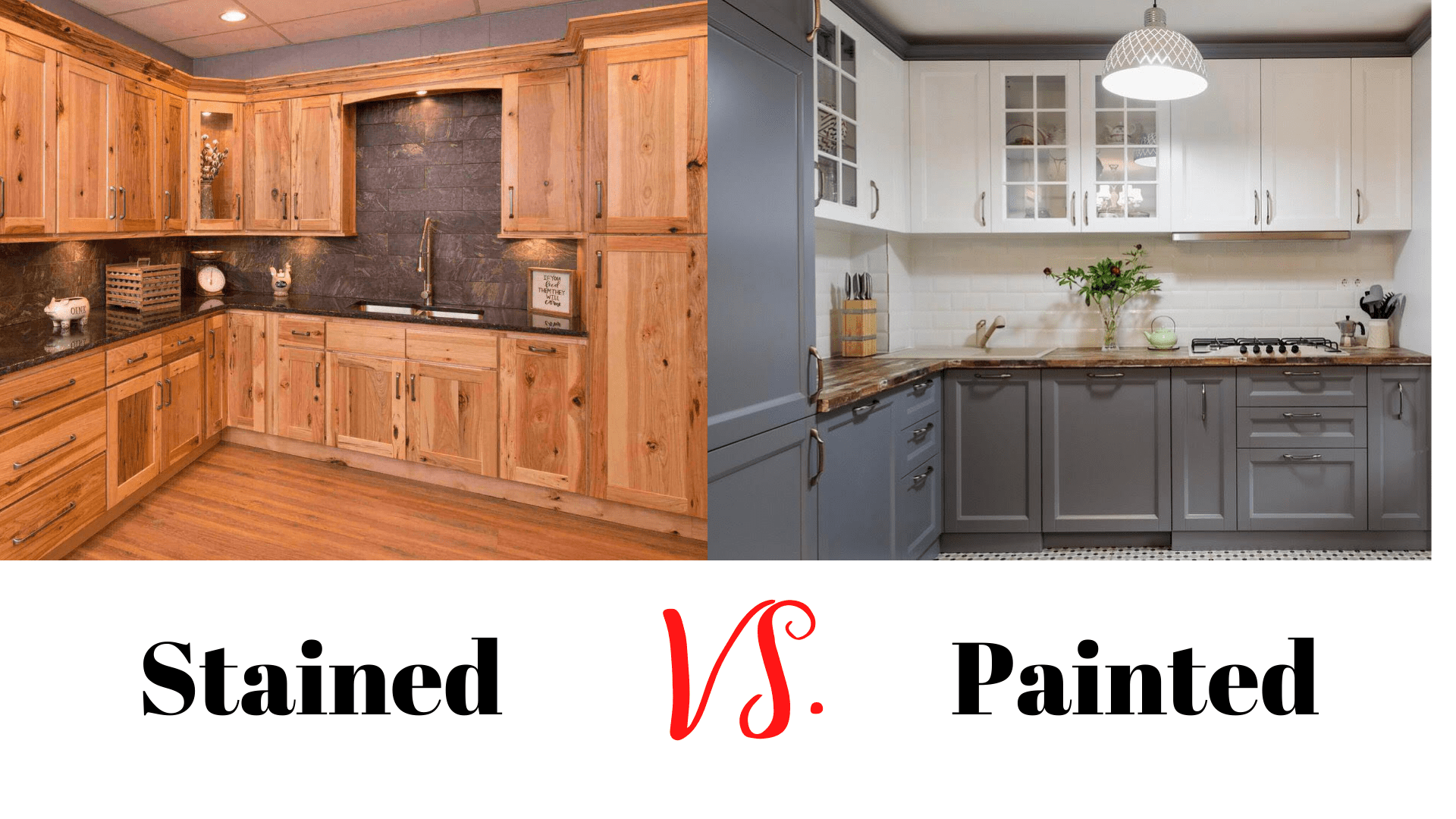Troubleshooting and Finishing Touches: How To Stain Cabinets Without Stripping

Successfully staining cabinets without stripping requires attention to detail throughout the process. However, even with careful preparation, some issues might arise. Addressing these problems promptly ensures a professional-looking finish. Proper sealing is equally crucial for durability and longevity.
Common Staining Problems and Solutions
Addressing common problems encountered during the staining process is key to achieving a satisfactory outcome. The following table Artikels some typical issues and their corresponding solutions.
| Problem | Solution |
|---|---|
| Uneven Color Application | Ensure consistent application pressure and avoid overworking the stain in one area. Use a high-quality brush or rag for even distribution. For very porous wood, consider a pre-stain wood conditioner to create a more uniform absorption. Multiple thin coats are better than one thick coat. |
| Blotchiness | Blotchiness often results from uneven wood absorption. A pre-stain wood conditioner helps to even out the absorption rate, resulting in a more uniform color. Sanding between coats can also help to smooth out any inconsistencies. |
| Streaking | Streaking can occur from applying too much stain or working the stain in one direction. Use a clean rag to wipe away excess stain immediately after application, working with the grain of the wood. |
| Dust Nibs | Dust nibs are small particles of dust embedded in the wet stain. Thoroughly clean the surface before staining and work in a dust-free environment. Lightly sanding between coats can remove any minor imperfections. |
| Raised Grain | Raised grain is a common problem, especially with certain wood types. Before staining, lightly sand the cabinets with fine-grit sandpaper to smooth out the surface. Wipe clean with a tack cloth before applying the stain. |
Sealant and Topcoat Application, How to stain cabinets without stripping
After staining, applying a sealant or topcoat is essential to protect the finish and enhance its durability. Several options exist, each with its own advantages and disadvantages.
How to stain cabinets without stripping – Polyurethane: Polyurethane is a popular choice due to its durability and resistance to scratches and water damage. It offers excellent protection and a relatively easy application process. However, it can yellow over time, especially with prolonged exposure to sunlight. It also requires careful application to avoid runs or drips.
Lacquer: Lacquer dries quickly and provides a hard, durable finish. It’s less prone to yellowing than polyurethane but can be more challenging to apply, requiring a spray application for a truly smooth finish. It also tends to be more expensive than polyurethane.
Wax: Wax offers a more natural look and feel, enhancing the wood grain’s beauty. It provides some protection but is less durable than polyurethane or lacquer and requires more frequent reapplication. It’s also less resistant to water damage.
The choice of sealant or topcoat depends on the desired level of protection, aesthetic preference, and budget. Consider the advantages and disadvantages of each option before making a decision.
